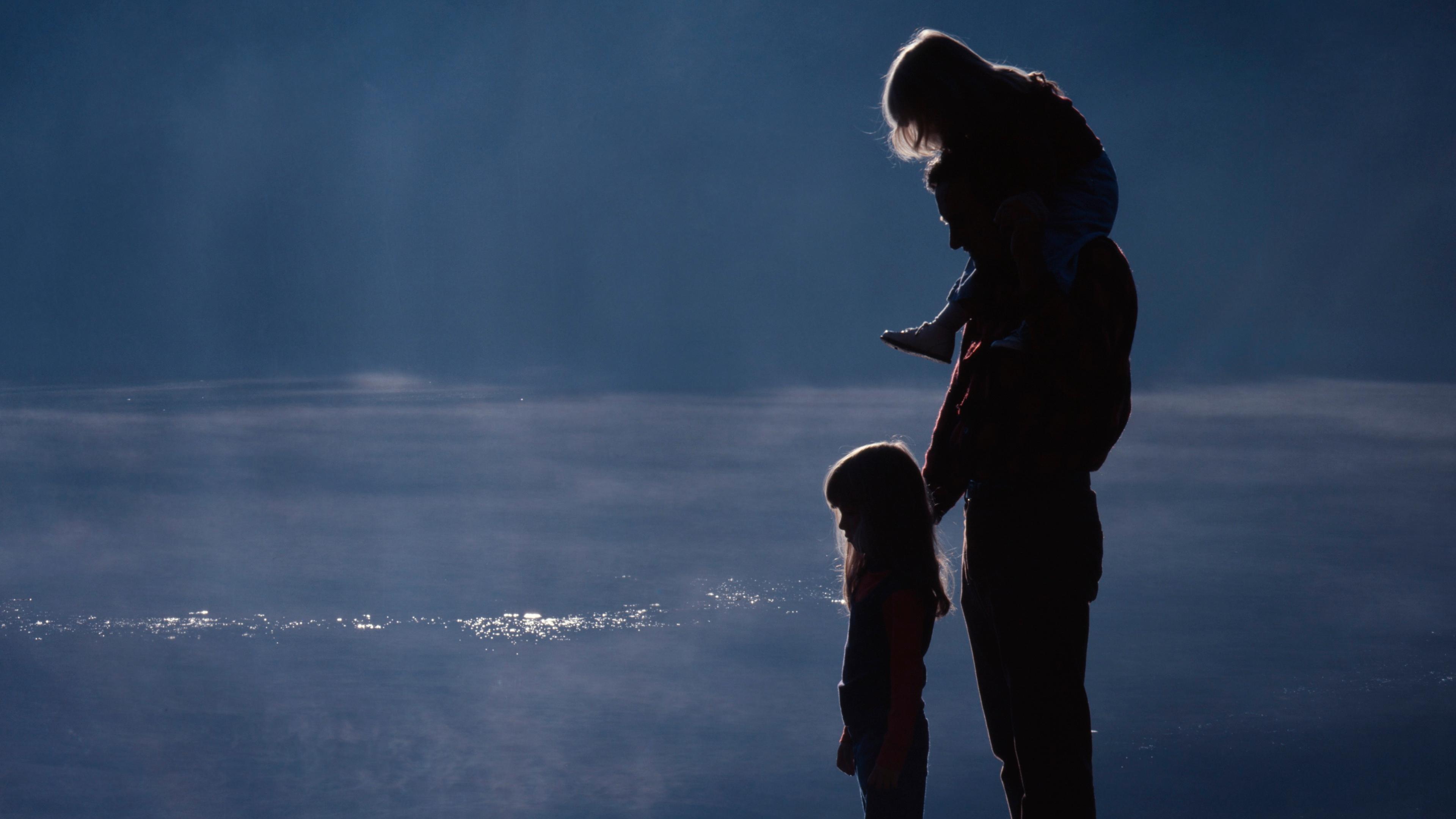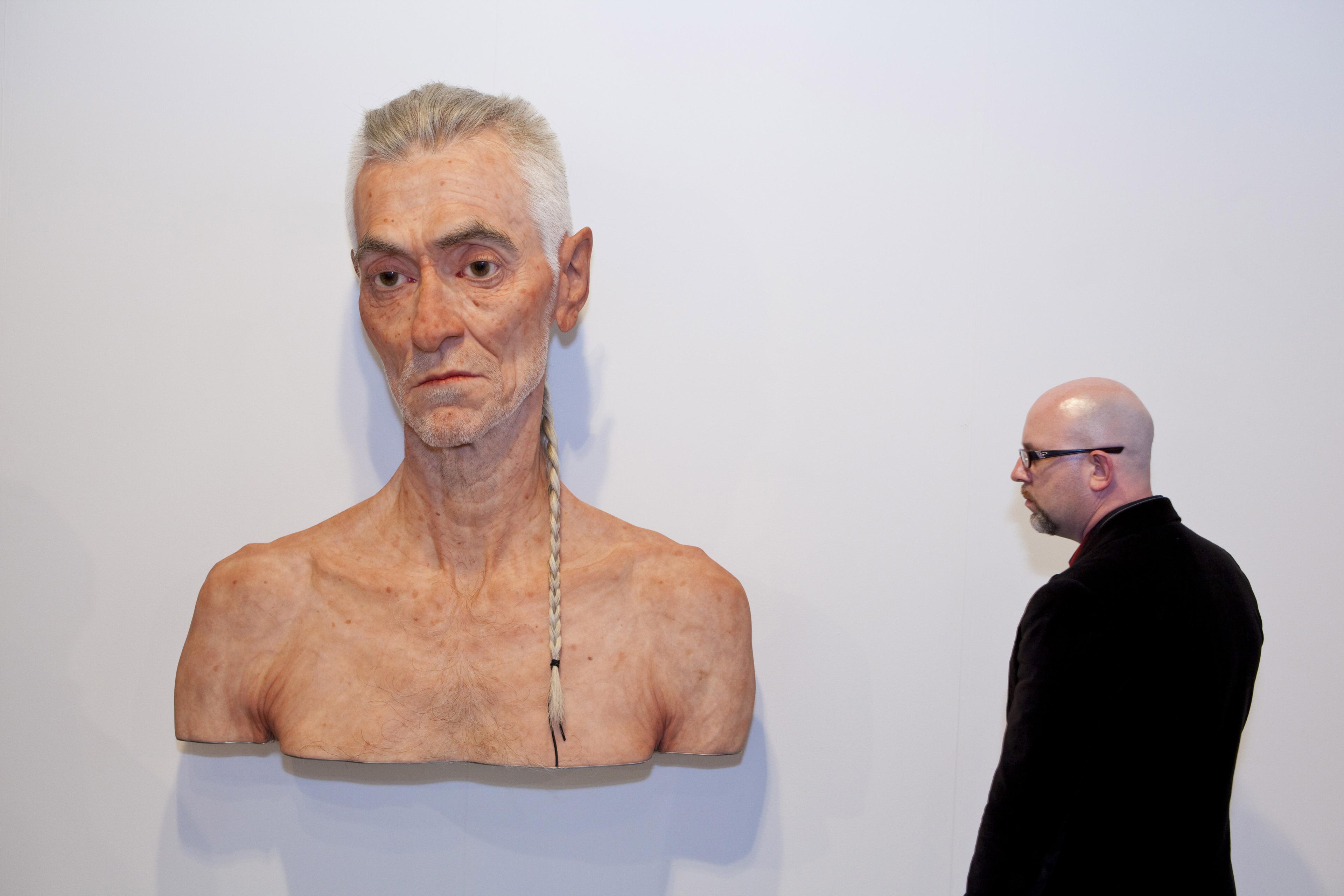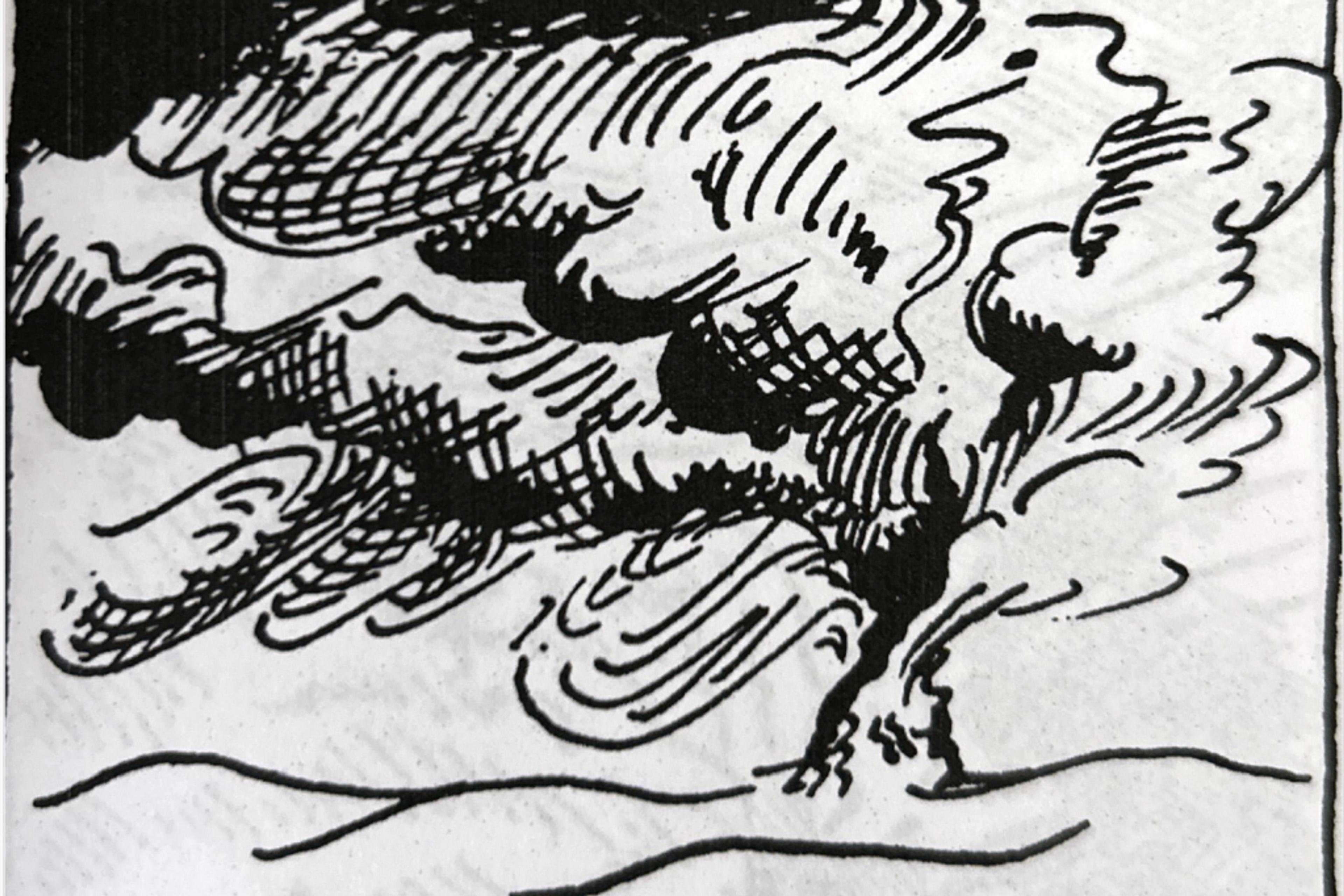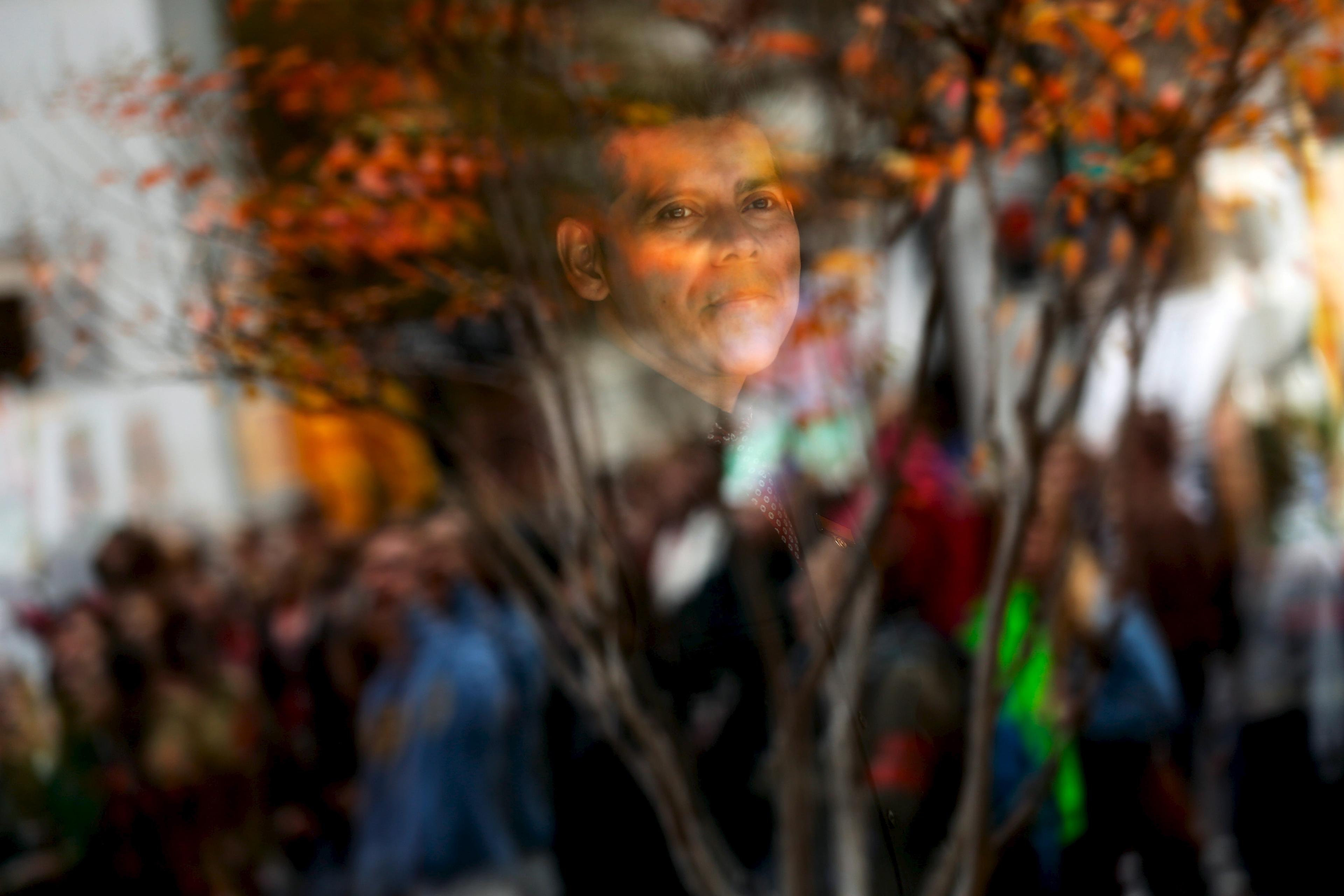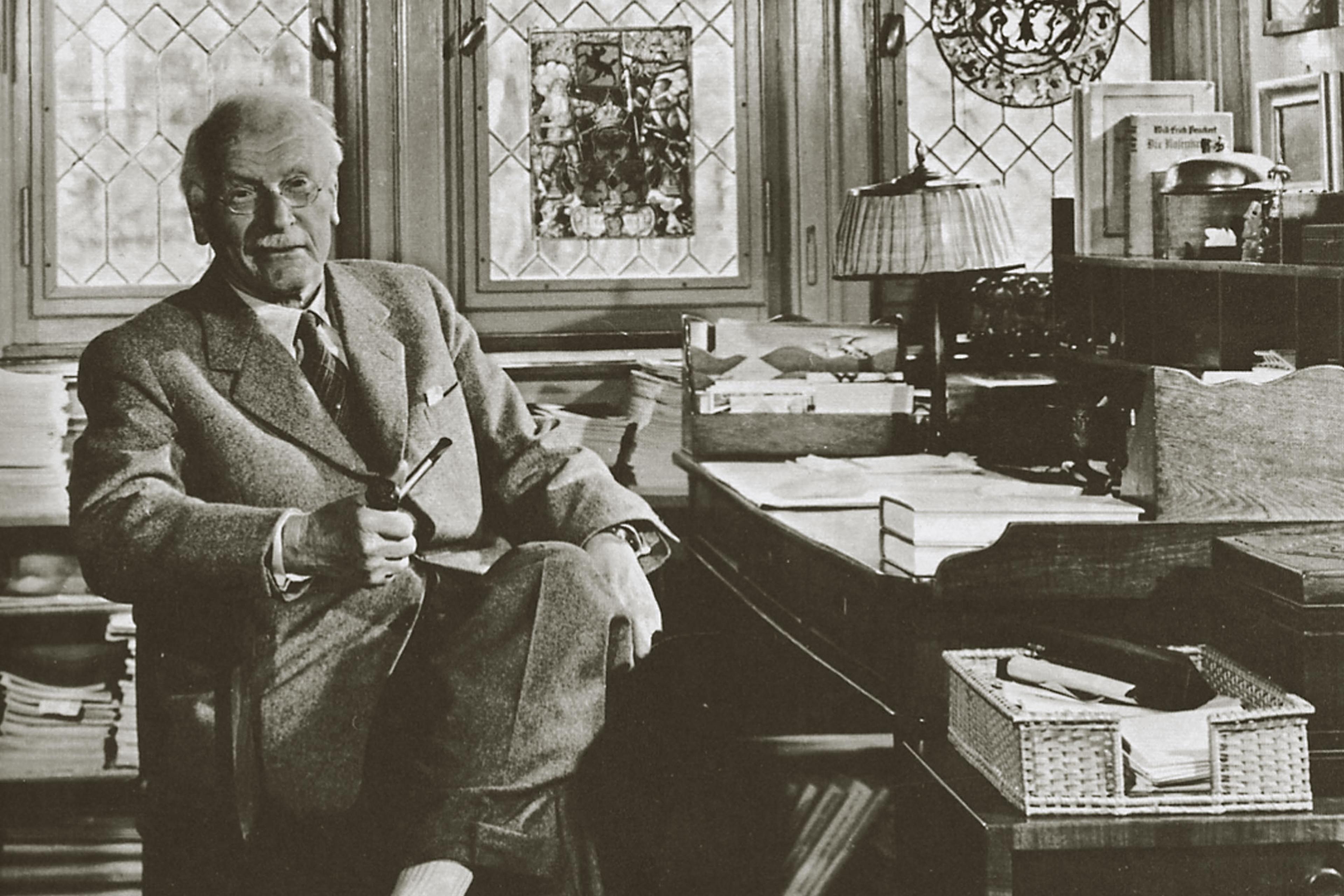The psychedelic renaissance is fully upon us. Clinicians, directors of spiritual communities and others are engaged in the implementation of a bevy of psychedelic medicines to treat everything from major depression to problematic substance use to existential angst. Individuals with longstanding, multidimensional suffering are experiencing the relief of psychedelically induced tectonic perspective shifts.
In his essay collection Alchemical Studies (1967), the Swiss psychoanalyst Carl Jung suggested that life’s greatest problems ‘can never be solved, but only outgrown’. A psychedelic experience is indeed a self-expanding one. Research indicates that an essential healing mechanism of psychedelic use is the ‘mystical experience’: an encounter with the ineffable, with that-which-is-nothing-and-all, or that which you, as a discrete entity, are most certainly not. That is, psychedelics seem to heal by expanding people into something larger than they previously thought themselves to be.
But this raises some questions. If psychedelics introduce us to realms of consciousness to which we cannot rationally attach ourselves – because they are too alien, too expanded, too mysterious – what are we meant to do with the insights attained in the underworld? How are we meant to integrate them into life? We could soon have millions of people taking psychedelics on their doctor’s orders, and the supercharged nature of these sorts of inner-world journeys warrants very intentional digesting.
For the sake of orientation: by psychedelic experience I mean one resulting from a high dose of a plant medicine or entheogenic chemical compound – common ones include ayahuasca, peyote, psilocybin, mescaline, LSD, DMT, ketamine and MDMA – ingested in a ceremonial or therapeutic setting. (While people no doubt have profound experiences in recreational contexts, social settings tend to shift one’s orientation from inner to outer, thus barring some of the deeper insights for which integration would be warranted.) By integration I mean the digesting, assimilating and sense-making mechanisms that one can engage after the fact by reviewing the discoveries of the inner stones overturned while under the influence.
Without integration, a psychedelic experience is a bit like a holiday on which you’re the best version of yourself – you’re attentive with your children, lovingly related to your partner, gleaming with a playful knowing shared with strangers in winks and smirks, and bursting with creativity – only to return home and decide that your vacation self is impossible to maintain during your default life, and so you shut the door on it entirely.
The experience alone is not enough to transform; for that, we need to consciously choose to apply what we have seen, felt and known to our waking life. We must understand the experiences on a deep enough level that, in the words of the religion scholar Huston Smith, our altered states become altered traits. This, in my personal experience, requires two things. Firstly, we must willingly submit to the temporary breakdown of our rational consciousness. That is, we must release the ego-stance that suggests: ‘I am only that which I believe myself to be, and what I know is all there is to know.’
We must also remember the language that is older than rationality and science – that of sensational experience and symbolic representation. This language was also your first language: before you knew anything about the world, you felt yourself in it, and before you had words for anything and everything, you represented them symbolically. The bottle, for example, likely denoted nourishment or satisfaction long before you knew what a ‘bottle’ was. In facilitating a momentary breakdown of rationality, psychedelics permit us to remember this first language, everyone’s real mother tongue – the language of the irrational.
There is an old adage in the psychospiritual world: what you resist persists. The idea being that the negation of a thing serves to perpetuate the thing, like trying to not think of a pink elephant creates the appearance of a pink elephant in your mind’s eye. After 15 years of psychonautical travels, I’m starting to sense that there’s another psychospiritual truism we ought to adopt: what you don’t integrate disintegrates. So how can we go about interpreting what often appear, on the surface, to be rather illogical and highly charged sensational experiences?
In my work as a Jungian analyst, my preferred means of interfacing with the unconscious is dreams. As such, I’ve begun to take stock of post-psychedelic dreams, imagining them to be breadcrumbs that might serve to steer people out of the woods visited during a psychedelic experience and back into the world of culture and society. While my study is nascent and currently anecdotal, the stories I’ve collected have exposed some illuminating threads of connection.
Recently, I went to a friend’s house for a visit. She had begun ketamine treatments to treat suicidal ideation. Knowing first-hand the unutterable, weird magic of ketamine, I was hungry to hear what sorts of psychological puzzle pieces she had laid bare by the drug. Almost before I asked, she breathlessly exclaimed: ‘Oh, Mac, the experience is so astonishing, but oh my god, the dreams.’ What about the dreams, I wondered. ‘They’re so intense.’ She proceeded to tell me that she had been experiencing a nightly review of her life, an inner experience that afforded her the opportunity to work with the parts of her psyche whose development was halted by lack of love in childhood (a summation she and I have discussed together). By revisiting early childhood experiences in her dreams, and then reflecting on them while awake, my friend has been able to use the insight of her ketamine experiences – both the lingering sense of dispassion and deeper connection to a cosmic sense of perfection – to support her in re-viewing and re-collecting her early childhood wounds, thus growing larger than them.
The unbearable reality of life is that many of us experience a disconnect, a rupture, from wholeness at some point in our early years. For some, this disconnect becomes a powerful motivator to step into one’s heroic consciousness and ascend on a path of self-discovery. For others, the rupture proves traumatic, and life becomes a series of compulsive, isolating or despairing events – the story of learned helplessness in the face of invalidating, critical or unloving environments. If, as a child, one’s spark of originality is not fanned by the delight of others and the bonds of love are not strengthened through regular attunement, then adulthood can feel fragile, vapid and detached. My friend’s reflection on her post-psychedelic dreams, wherein she had the opportunity to bring her brilliant adult rationality into the emotional, embodied experience of her child self, allowed her to relate to the wounded child within with greater compassion and intimacy – thus uncovering further layers of the ‘why’ behind her current anxieties and fears around bonding and self-realisation. This kind of attention to herself was precisely what wasn’t available to her in childhood, and so having the opportunity to shower herself with it proved healing.
The alchemy of a psychedelic experience – including the experience of dreams such as these – lies in the blending of the two sides of oneself: the rational and irrational, sensical and nonsensical, logical and emotional, intellectual and intuitive, or conscious and unconscious. Because of the intensity of psychedelic experiences, we can fall prey to the illusion that we’ve done a lot more ‘work’ than we actually have. You need to review the exact nature of the impact, and likely build some scaffolding to contain your newfound depths.
In another example, a client of mine shared a dream with me a few days after she had tripped on LSD in the loving container of her own home with a supportive sitter. In the dream she was atop a high mountain with her family – husband, children, in-laws and some family friends and their kids. They were trying to organise the chaos of coming down the mountain amid a confusing rental car situation and conflicting desires about taking a tram instead. In the lysis, or resolution of the dream, my client’s dream-ego resolved to drive herself down the mountain alone, which she did after double-checking that the others could figure out their own way down.
This dream reflected her ambivalence in integrating her insights from her LSD experience. Her trip had shown her a lot about her path forward, which would necessitate a bit of a departure from convention. The internalised voices of her family were usually loud and inhibitory, but during her psychedelic experience, she found the courage and inspiration to listen more deeply to her own voice – not the needy expectations of so many others. Up until now, she had been the kind of woman to forego her own heart’s desire in favour of keeping her family happy. She has a lucrative career, she is a dutiful daughter and a doting wife, yet her thirst for deeper creative expression has never been met by her life.
Her encounter with herself while journeying highlighted this thirst. After her trip, she struggled to stay connected to that sense of courage and inspiration. Once we had analysed this dream together, though, she was able to see that there would be no way to please everyone while attempting to come down the mountain. Chaos would always be at least a little present, as would the disappointment of many. In realising this, it became easy for her to follow her own path down, while still providing enough of a tether to ensure her family’s safety. This image showed her how to be autonomous while remaining connected, reinforcing the lessons delivered by her psychedelic experience.
Dreams are not logical. They speak to us about the other side of ourselves, the side that has been so fervently abandoned in modernity’s pursuit of explication. This is the fertile darkness, the lunar mind, the unconscious, which the tools of the underworld assist in exposing. Dreams and psychedelics support us in making the unconscious conscious, and, with proper assimilation, thus ladle some much-needed water into psyches parched by solar consciousness.
In bringing our empiricism to psychedelia, we must bear in mind that if we explain things too well, we risk explaining them away. We need to keep a door open for the numinous, for the Mystery, for the soul. In so doing, we stand a chance of healing the rift of modernity, the gulf between our rational and soulful selves – and remembering the waters of life that flow through our psychedelic encounters and our nightly dreaming minds.
